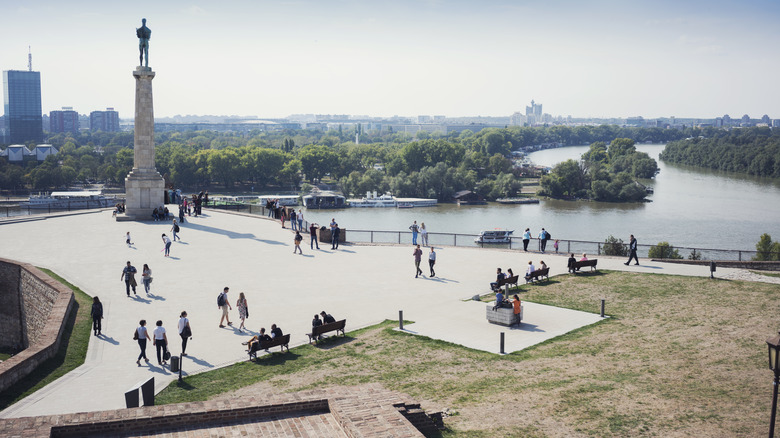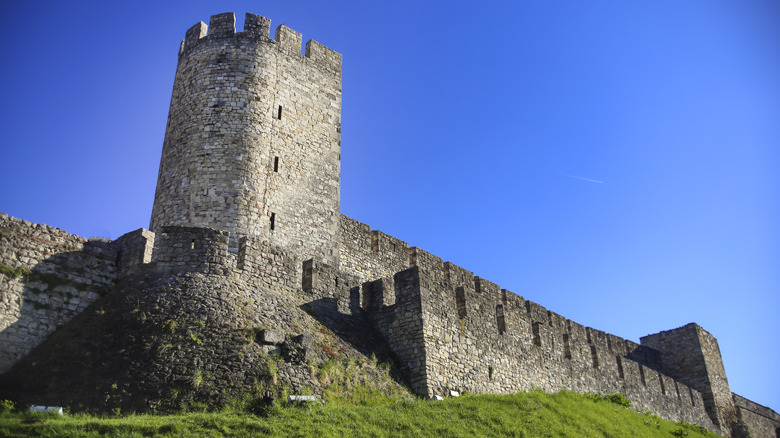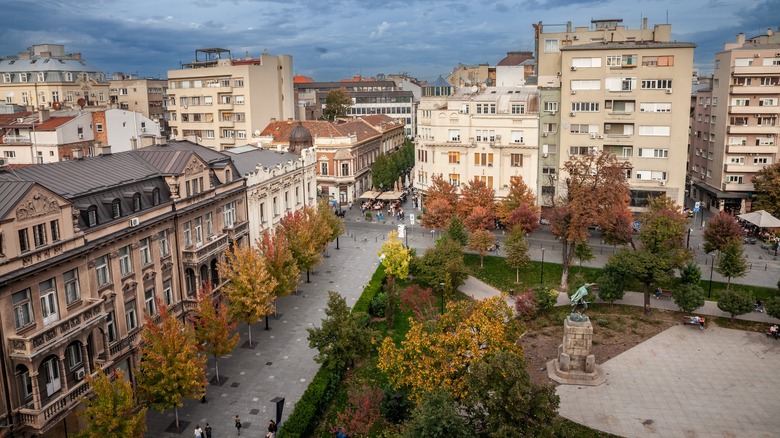The Most Underrated Capital In Europe Offers An Authentic And Uncrowded Vacation
Exploring Europe is a lifelong dream for many travelers, offering a chance to connect with the Old World, rediscover the cultures that helped shape the modern world, and, for some, reconnect with their own family roots. The continent is renowned for its incredible natural and cultural diversity, but it now struggles with over-tourism, with popular destinations like Barcelona and Prague becoming so overcrowded that they are no longer viable vacation destinations. So where to go?
Surprisingly, there are some capital cities in Europe that are still comparatively under-explored by tourists, such as Belgrade, which experts are now describing as a must-visit destination for travelers looking to get away from the hustle and bustle of London, Madrid, or Paris (although we have some tips on how to lose the crowds in the French capital). The Serbian capital, which is served by direct flights from Chicago (ORD) and New York City (JFK), has a population of nearly 1.4 million, making it one of the continent's smaller capitals. However, it is a city with a long history and rich culture that is well worth delving into.
History on the streets of Belgrade
The roots of modern-day Belgrade date back around 9,000 years to the Neolithic period when the first settlement was established on the site. The city was founded in 279 BC by a Celtic tribe called the Scordisci and was later taken over by the Roman Empire. Continually inhabited since its foundation, during its history, Belgrade has been involved in 115 wars and burnt to the ground on 44 occasions.
Despite these upheavals, Belgrade is steeped in history, having been part of several distinct empires. Perhaps the most impressive of the sights is Belgrade Fortress. The jewel of the Belgrade skyline, the fortress tells the story of the city through its own history, houses many of Serbia's most important artifacts, and provides some of the finest views of the city.
But a brief walk around the city will uncover a great many other historical sites, not least the monuments preserved to honor Belgrade's checkered past. The Inner Stambol Gate, for example, was the main gate of the wider fortress leading to Constantinople during the Byzantine Empire (of which Belgrade was a part), which the Gratitude to France Monument, which commemorates Serbian-French cooperation during World War I. Other major attractions include the National Museum of Serbia and the Royal Palace, and shining examples of Baroque architecture can be found throughout the city.
Belgrade's alluring culture and cuisine
Kalemegdan Park, where Belgrade Fortress is located, is the city's largest green space and contains several other historic attractions, including a zoo and several museums and churches.
But Belgrade is also a 21st-century city, with recent waves of modernization in infrastructure, business, and other vital amenities supporting a thriving cultural and culinary scene to rival the best Europe has to offer. Bustling, bohemian Vračar and Stari Grad — the old town — are packed with cafes, bars, and restaurants that feel like the beating heart of the city. These areas are the perfect draw for tourists looking for some rest and authentic Serbian cuisine amid the city's historic sites.
During the summer months, Belgrade Fortress hosts many of the city's most popular cultural events, including the Summer Festival, which feature exhibitions, theater shows, and music, while the Belgrade Beer Fest, one of the most popular beer festivals in the region, is an unforgettable multi-day riot of drinking and live music. Planning to tour the Balkans? Be sure to find out more about nearby Bosnia and Herzegovina, and consider island hopping in neighboring Croatia.


